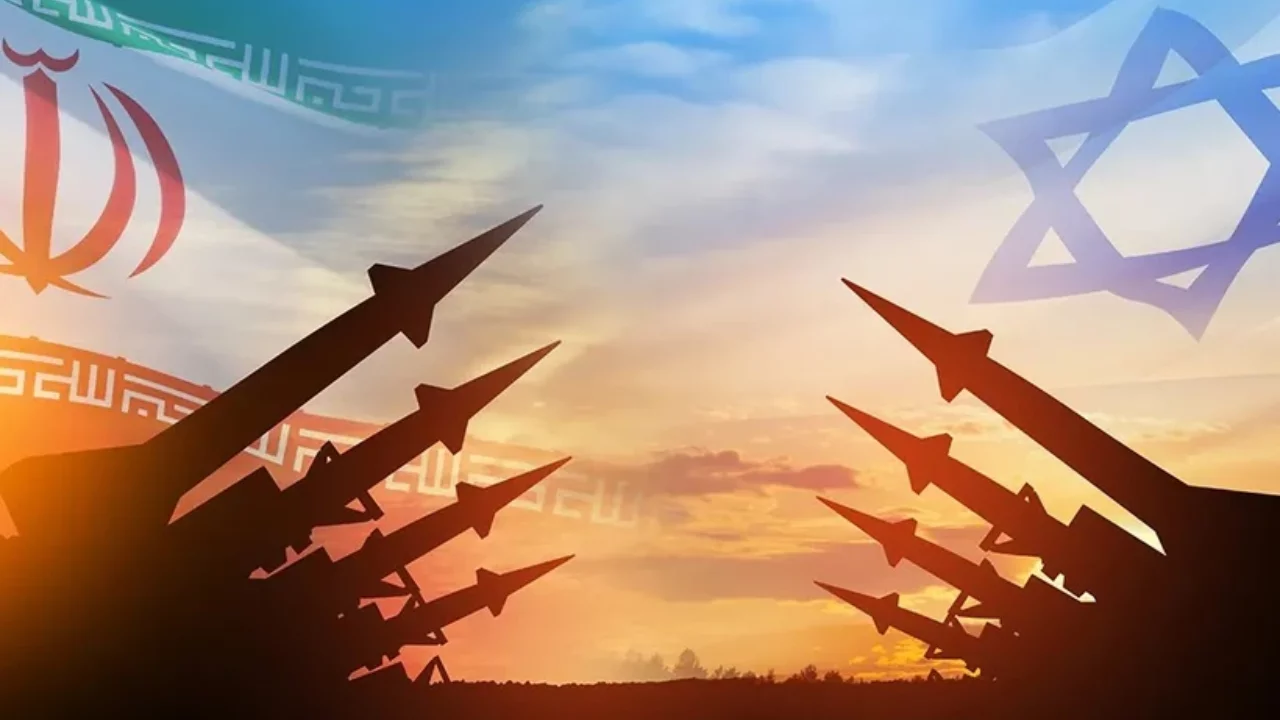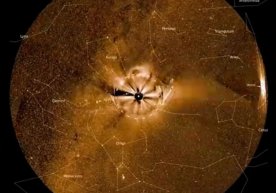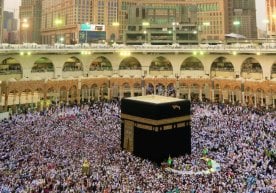
There are no longer any "red lines" between Iran and Israel. Both sides are delivering constant strikes against each other. The Middle East is on the verge of the largest regional military conflict of the last 20 years. Can the war continue on a large scale?
On the night of June 13, Israel began striking across Iran. The targets of the airstrikes were uranium enrichment facilities, missile bases, as well as the leadership of the Islamic Revolutionary Guard Corps and scientists in the field of nuclear technology. In particular, as a result of the attack, six scientists and at least 20 high-ranking Iranian commanders were killed. In response, Iran also launched hundreds of ballistic missiles in the direction of Israel and struck a number of territories. At the moment, extremely cold relations between the two sides carry the risk of turning into a large-scale war. So, what is the reason for the conflict between Iran and Israel, and how did it arise?
Change of the political regime in Iran.
On March 6, 1950, Iran became the second Muslim country after Turkey to recognize Israel as an independent state. During the era of Shah Mohammad Reza Pahlavi, Israel was seen as an intermediary state in Iran’s relations with the United States. From 1948 to 1979—before the Islamic revolution—Iran and Israel were not only close partners but also allies, cooperating in the economic and military spheres. In particular, after the "Six-Day War" of 1967, when a number of Arab countries imposed an oil embargo against Israel, Iran was the only country that supplied oil to Israel.
Also, official Tehran was one of the main importers of Israeli goods and services. However, by the 1970s, the political situation in the region began to change. After the death of Egyptian President Gamal Abdel Nasser, who had been considered the main enemy for both sides, relations between Iran and Egypt improved. In 1975, an Iran-Iraq agreement was signed, and Tehran stopped helping Kurdish separatists. These two events reduced Israel’s strategic importance for Iran. At the same time, the influence of religious forces was growing in Iran.
After the 1979 revolution, the situation changed dramatically. The new theocratic rulers of Tehran did not recognize the legitimacy of Israel. Iran saw Israel as the West’s ally in the region and began to regard it as an enemy. Nevertheless, limited cooperation between Israel and Iran continued in the 1980s. Only in the 2000s did tensions in bilateral relations intensify dramatically. In 2005, former Iranian president Mahmoud Ahmadinejad made an information bomb by stating that the “Zionist regime should be wiped off the face of the earth.” Official Tehran supports Muslims in Palestine and has always taken a tough stance toward Israeli policy against them. Iran considers the US and Israel its number one enemies.
Iran's nuclear program.
Since the 2000s, Iran’s actively implemented nuclear program has not convinced Israel that it is peaceful. On the contrary, Israel constantly claims that Iran is secretly working to produce nuclear weapons and intends to place them on ballistic missiles. Based on this approach, Israel has long been carrying out covert, unilateral actions to stop Iran’s nuclear program. In particular, the assassination of Iran’s leading nuclear physicist and one of the architects of the country’s nuclear program, Mohsen Fakhrizadeh, in November 2020 is an example of this.
In 2015, Iran signed a multinational nuclear agreement, but in 2018, Donald Trump withdrew the US from this agreement and imposed sanctions on Iran. This began to be seen as a defeat for Iran and a victory for Israel. In response, Iran began enriching uranium above the permitted level.
Proxy wars.
Both sides have carried out various military actions against each other. These actions threaten regional stability and further deepen the contradictions between states. Iran has formed a powerful coalition of several groups throughout the Middle East. It provides financial and military support to a network of allies, including Hezbollah, Hamas, Hashd al-Shaabi in Iraq, and the Houthis in Yemen. Over the years, there have been various clashes between these groups and Israel.
Can the war continue on a large scale?
Despite Israel and Iran delivering serious strikes against each other’s territories, a large-scale clash has not yet begun. However, the risk of a major war between the countries has reached a very high level.
According to Al Arabiya and Fars agencies, Tehran does not intend to limit itself to strikes against Israel alone. Iran is even planning to target US military bases in the Middle East. Israeli sources are also leaking information in the media about the possibility of a renewed attack in the coming days. From this, it follows that we may be witnessing the beginning of the largest regional war in the Middle East in the last 20 years.
The continuation of the conflict is also being assessed as an instrument for strengthening political power on one side and weakening it on the other. War is beneficial for Benjamin Netanyahu because it closes many internal problems in Israel and, to some extent, strengthens his power. In turn, through missile strikes and attacks, there is also a serious attempt to change the regime in Iran.
The dynamics of conflicts in the region increasingly resemble an autonomous organism that lives and develops according to its own logic. The Middle East is now closer than ever to a direct confrontation between Iran and Israel. The war has not yet begun, and both sides still need to take at least a few more steps for this to happen. That is, there is still an opportunity to look into the abyss and take a step back. However, events are developing along the path of escalation. Read “Zamin” on Telegram!
Ctrl
Enter
Found a mistake?
Select the phrase and press Ctrl+Enter Related news
Information
Users of Меҳмон are not allowed to comment this publication.
Users of Меҳмон are not allowed to comment this publication.














